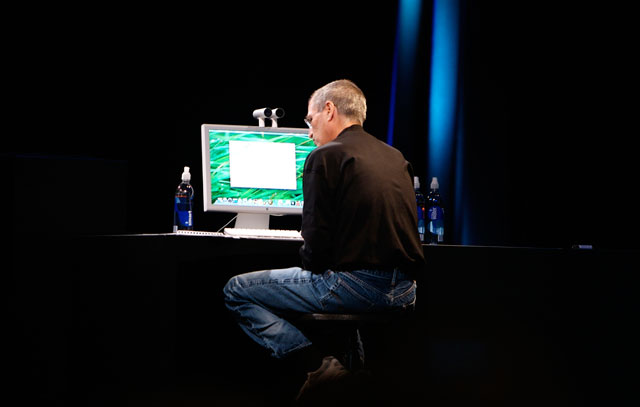 We can all let out our breath. Apple’s annual hypefest — sometimes called the iPhone launch — is over. As expected, and in accordance with Shapshak’s First Law of Smartphone Upgrades — minted for the previous iPhone launch — the device is thinner with a faster processor and better camera.
We can all let out our breath. Apple’s annual hypefest — sometimes called the iPhone launch — is over. As expected, and in accordance with Shapshak’s First Law of Smartphone Upgrades — minted for the previous iPhone launch — the device is thinner with a faster processor and better camera.
Actually, it’s not really thinner: the new iPhone 5s uses the same chassis as last year’s model, while the colourful, slightly cheaper 5c has a brightly covered plastic back.
It’s “unapologetically plastic”, Apple chief vice-president of design Jony Ive said — Apple, the once mighty leader of consumer electronics, which resumed its place in history with the iPhone, the iPod, the iPad and all-aluminium cases for its much-copied MacBook Air range, calling something “unapologetically plastic”.
What the launch showed us is that even Apple eventually falls to earth. Nothing it released last week is better, or worse, than anything the other major manufacturers have revealed in their recent launches. They all tried to get their products out before the Apple mania avalanche overwhelmed other coverage.
Except there was no avalanche.
Apple has become just another computer/cellphone/smartphone maker faced with the same challenges as the others. Compare Apple’s news with the highlights of the other big announcements, and you see not only how the only differentiation is becoming the brand, but also how the smartphone market has matured and reached a plateau:
- Sony’s slim Xperia Z1 is waterproof and has stunning camera qualities.
- Samsung’s Galaxy S4 (released earlier this year) has a great screen and camera, as well as a bunch of built-in health-measurement apps and activity monitors. It knows when you’re not looking at it and pauses the screen.
- Samsung has a much-derided new category: smart watches. The new Galaxy Gear watch is an accessory that only connects to the Note 3.
- Nokia’s Lumia 1020 has a spectacular 41-megapixel camera, cleverly saving a 5MP image for social media sharing.
That, in brief, is what the major smartphone players have launched. Samsung’s gains aren’t just its own. It has also boosted the position of Google, whose Android operating system it uses (as do Sony, LG, Motorola, Huawei and ZTE).
Android is the new Windows of the smartphone world and sells about 70%-80% of new smartphones (depending on which analyst’s numbers you choose to believe). Apple’s iOS has about 20%, and the rest is being fought over by BlackBerry (anywhere between 4% and 13%) and Windows Phone (about 3%-4%).
Just as Microsoft’s Windows dominated the desktop computing era, Android will dominate mobiles. Except, and this is a big exception, about a third of Android activations have been in China, where a lot of these phones never connect back to Google’s search and cloud services — Google gives Android away free by hoping to redirect traffic back to its own servers.

Meanwhile, we now definitively know that the Steve Jobs magic has passed. Apple is reinventing the wheel, or in this year’s case, the home button, with a fingerprint reader in such an infinitesimal upgrade that no one believes the hype anymore.
The stock market wiped 5,4% off Apple stock after the announcement, worried, as it has been for the past year, that this is the last hurrah of the Jobs mojo. The share price is down by a third from the high that took it past Exxon Mobil to make it the most valuable stock.
Without Jobs to “rehypnotise the media” and extend that famous “reality distortion effect”, Apple will continue to trade on its aura of specialness. But in reality it has fallen to earth.
- Toby Shapshak is editor and publisher of Stuff magazine




